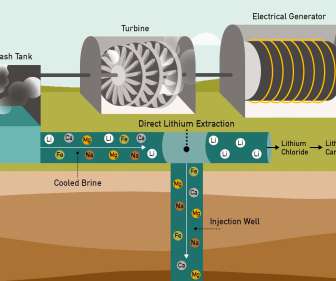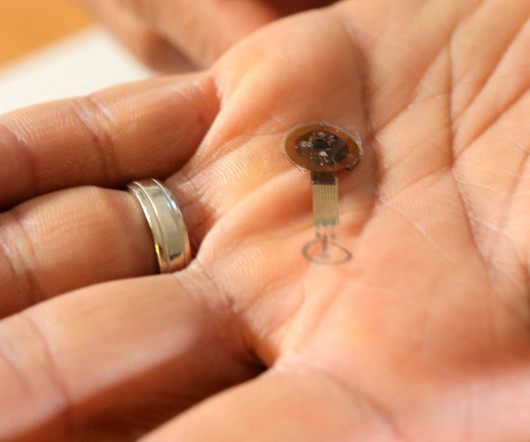Army Research Lab discovers aluminum nanomaterial rapidly splits water on contact
Green Car Congress
AUGUST 3, 2017
Researchers at the US Army Research Laboratory (ARL) have discovered that a nano-galvanic aluminum-based powder of their design splits water on contact, producing hydrogen and oxygen. The team demonstrated a small radio-controlled tank powered by the powder/water reaction. If we can recharge those batteries, they can stay out longer.













Let's personalize your content